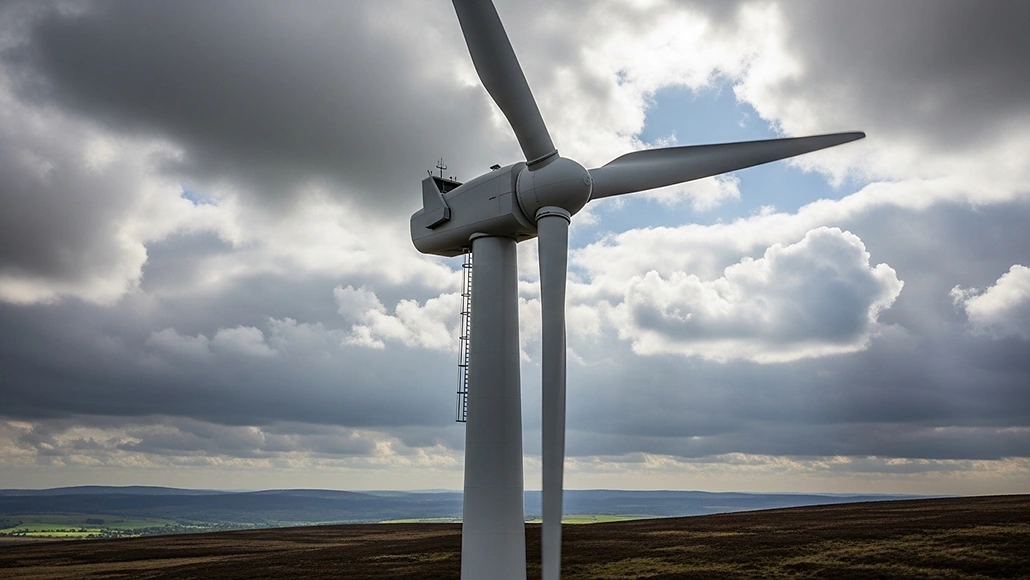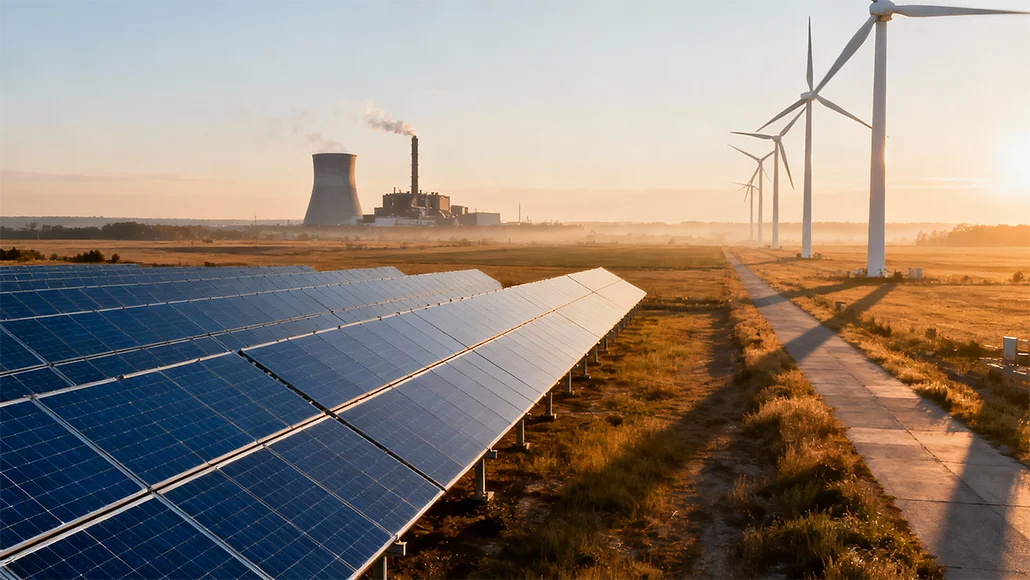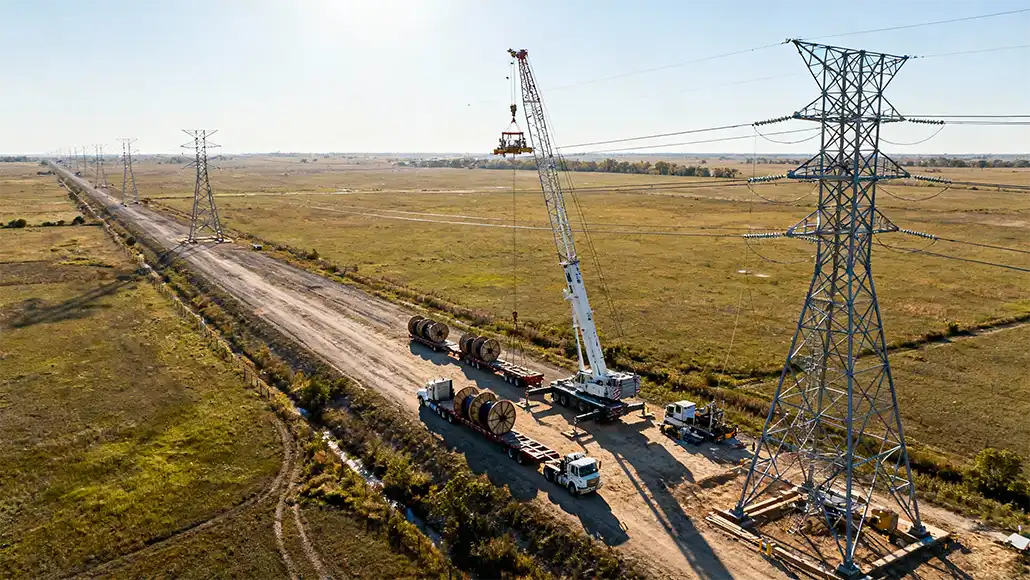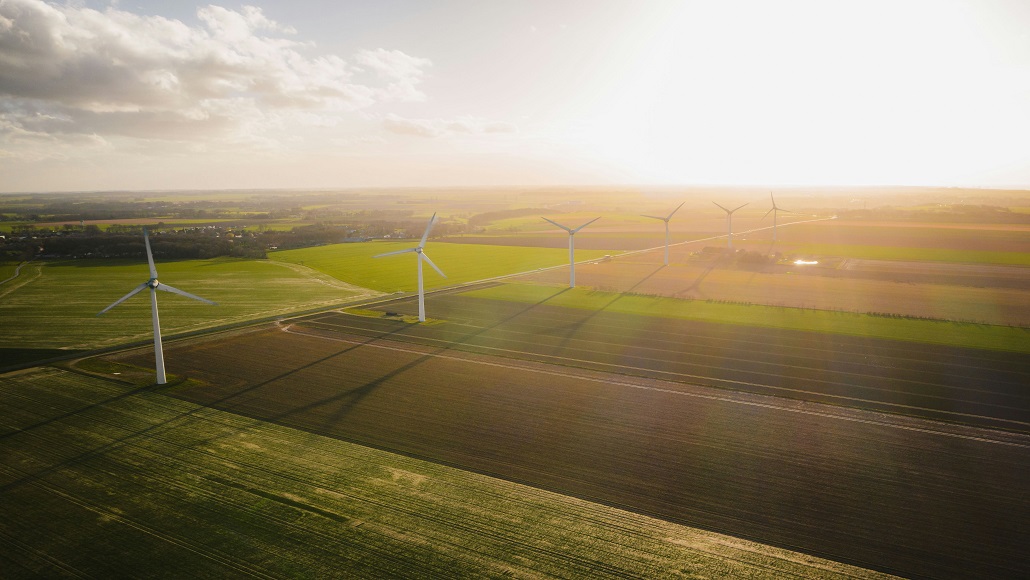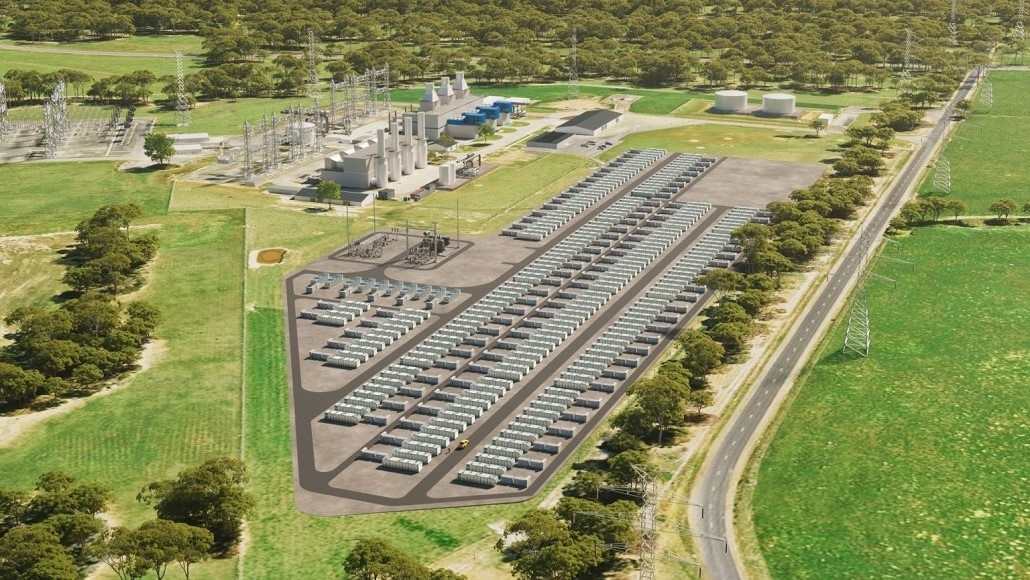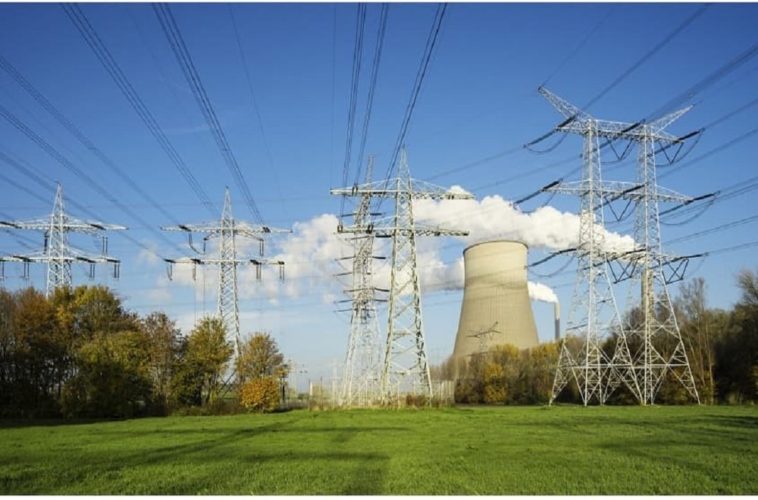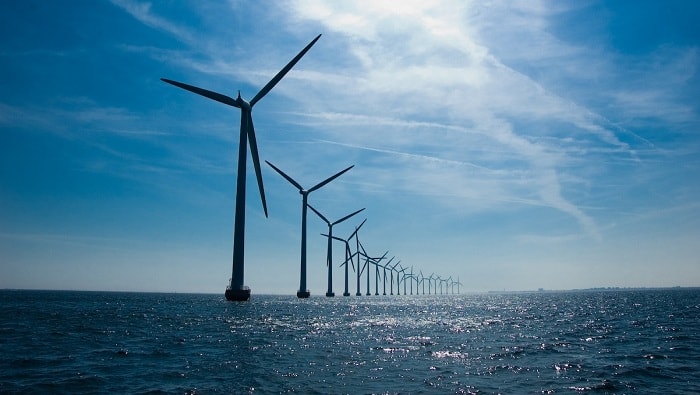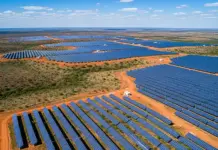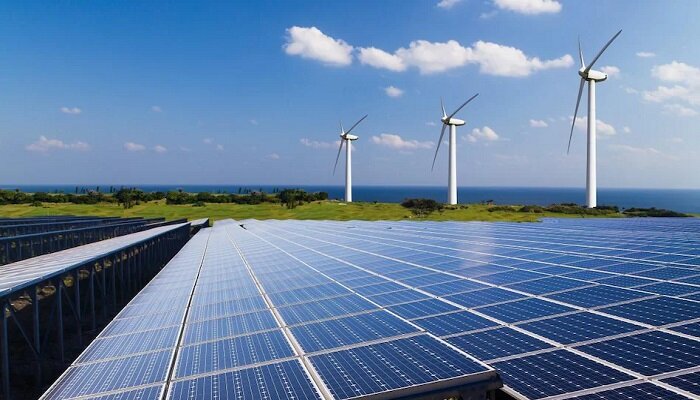On the basis of the review done by the SUN Day campaign pertaining to the data that has been newly released by the FERC, which is the Federal Energy Regulatory Commission, the renewable sources of energy gave out around two-thirds, i.e., 64.64%, of the new US utility-scale generating capacity that was added within the first quarter of 2023.
It is well to be noted that the new utility-scale solar capacity happened to be 2530 MW, or 39.56% of the overall proportion, which does not include any small-scale distributed photovoltaic systems. Apparently, new wind capacity gave out 1475 MW, which came to 23.06% of the entire proportion.
Biomass as well as hydropower went on to add 100 MW and 29 MW, respectively. On the other hand, new natural gas capacity was valued at 2259 MW, which happened to be 35.32%, and was complemented by 2 MW of new oil.
There were no new capacity additions reported in the cases of nuclear power, coal, or geothermal energy. In March alone, the new capacity additions happened to be provided by only solar with 491 MW and wind with 409 MW. These went on to include the 297.3 MW Seven Cowboy Wind Project located in Oklahoma as well as the 112 MW Deerfield Wind Energy II project located in the state of Michigan. Apart from these two, there were projects in California, Tennessee, and Arkansas too.
With the latest additions, it is important to note that renewable energy comprises 27.67% of the overall installed utility-scale generating capacity, which includes 11.51% coming from wind as well as 6.67% from solar. Significantly, the US generating capacity share is increasing at a much faster rate than what was expected by FERC. In March 2020, the total generating capacity of renewables was only 22.74%. At that point in time, FERC had anticipated that high-probability additions like the one by solar in the coming three-year period would be somewhere around 24,083 MW. As a matter of fact, solar went on to grow by 39,470 MW. In the wind energy scenario, the FERC forecast was 26,867 MW, whereas the actual figure came to 38,550 MW.
It is well to be noted that, put together, new wind and solar capacity totaled 78.020 MW in the past three years, or 53.13% more than what FERC had gone on to predict.
When it comes to the upcoming three years, the FERC anticipates 77,594 MW of new high-probability solar capacity, 17,071 MW of net new wind capacity, 556 MW of hydropower, and 2 MW of geothermal steam.
When compared, coal capacity can be foreseen as dropping by 28,507 MW, natural gas by 574 MW, nuclear power by 123 MW, oil by 1572 MW, and biomass by 103 MW.
The fact is that if FERC projections happen to be accurate, by the end of the first quarter of 2026, renewable energy generating capacity will become more than a third of the overall, with almost equivalent shares provided by solar as well as wind. Besides, the share provided by nuclear power and fossil fuels is bound to dip, with coal from 17.12% to 14.16%, natural gas from 44% to 41.83%, nuclear power from 7.97% to 7.63%, and oil from 2.99% to 2.73%.
Given the degree to which FERC undervalued the growth of wind and solar power in the past three years, keeping that in mind, US generating capacity with an overall mix by 2026 spring could end up being prominently higher than what was expected.
In the past three years, renewable sources of energy, essentially led by solar as well as wind, have added almost five percentage points to the country’s electrical generation. The ED of the SUN DAY campaign, Ken Bossong, opines that if this kind of pace continues, as seems likely, renewables are surely going to provide more than a third of the overall installed generating capacity in the next three years and in every possibility even more.








